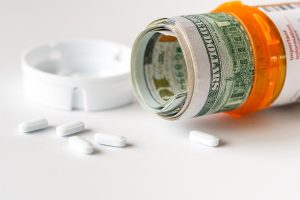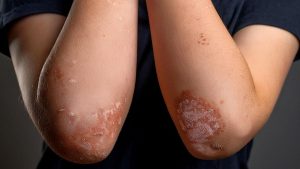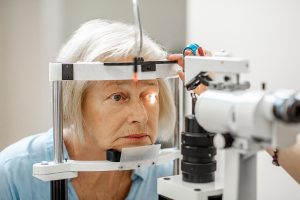A wave of leprosy cases in Florida has led public health officials to conclude the disease-causing bacteria may be naturally found in the state.
In the past, most people with leprosy in the United States had been first infected in some other country where it might be more common.
But the U.S. Centers for Disease Control and Prevention issued a new report this week about a wave of cases in Florida, particularly in the central part of the state. Leprosy also exists in other parts of United States. For example, one recent report described six cases of leprosy among California residents. All were diagnosed between 2017 and 2022.
However, most Americans are not at risk of contracting leprosy, health experts stressed.
Also called Hansen’s disease, leprosy remains extremely rare in the United States, noted Dr. Andrea Maderal, director of the University of Miami/Jackson Memorial Hospital Hansen’s Disease Program.
About 150 Americans a year get Hansen’s disease. Worldwide, about 200,000 people are diagnosed with it each year, Maderal said.
It’s not clear exactly how the Florida patients are becoming infected, health experts said. In past U.S. cases, patients had often traveled to a country where the disease is more common or come into contact with a nine-banded armadillo, which carries the disease-causing bacteria Mycobacterium leprae.
Leprosy affects the skin and peripheral nervous system, typically causing a skin rash and a loss of sensation. A skin biopsy is usually needed to diagnose the condition.
“Usually, people who get a diagnosis do so because they have developed a rash, and one of the hallmarks of leprosy is that you lose sensation in the area of the rash,” Maderal said in a university news release. “The rash can be in a few spots, or widespread, and there are a lot of different types of lesions. There may also be painful sensations in the hands and the feet with these unusual rashes. And some people who have an immune reaction to leprosy can also have fever and joint pain.”
As well, more than 95% of the U.S. population is naturally immune to the infection caused by this bacterium. The infection is completely treatable, Maderal said.
“While there are some that hear leprosy and think it is this biblical disease that is incurable, it’s actually very treatable with antibiotic therapy,” she said.
A patient may receive treatment with multiple antibiotics for 12 or 24 months, depending on the level of bacteria. They also may receive anti-inflammatory and immunosuppressive medications.
So, what should you do if someone in your household is diagnosed with Hansen’s disease?
Leprosy appears to be spread through respiratory droplets and prolonged close contact with an infected person.
That means you may be at risk if others in your household have a high level of this bacteria in their body. But you also can now get evaluated to detect the disease early. The patient is no longer contagious to anyone after a few doses of antibiotics.
Avoid contact with nine-banded armadillos, which transmit leprosy in places like Florida, Louisiana and Texas. Direct contact with these animals through hunting, touching, skinning and eating them may put you at risk. People with indirect contact may also acquire leprosy, and research is attempting to learn more about this.
Maderal said people should only feel concern about contracting leprosy in Florida if they live with or have close contact with someone diagnosed with the disease. The risk of transmission is very low.
Someone who suspects they may be infected should see a dermatologist and have a skin biopsy performed, Maderal said.
More information
The U.S. National Hansen’s Disease Program has more about leprosy.
SOURCE: University of Miami, news release, Aug. 4, 2023
Source: HealthDay
Copyright © 2025 HealthDay. All rights reserved.

















